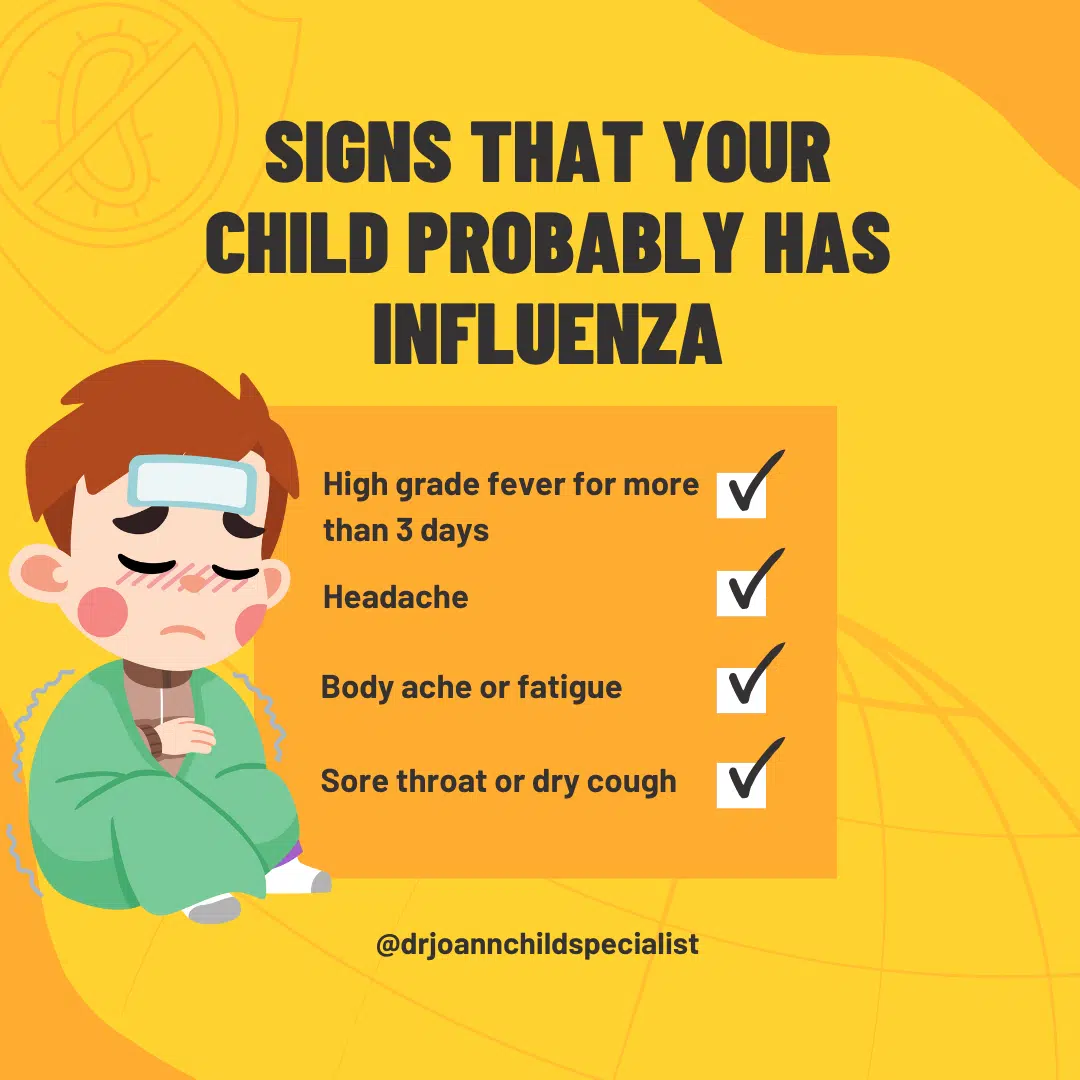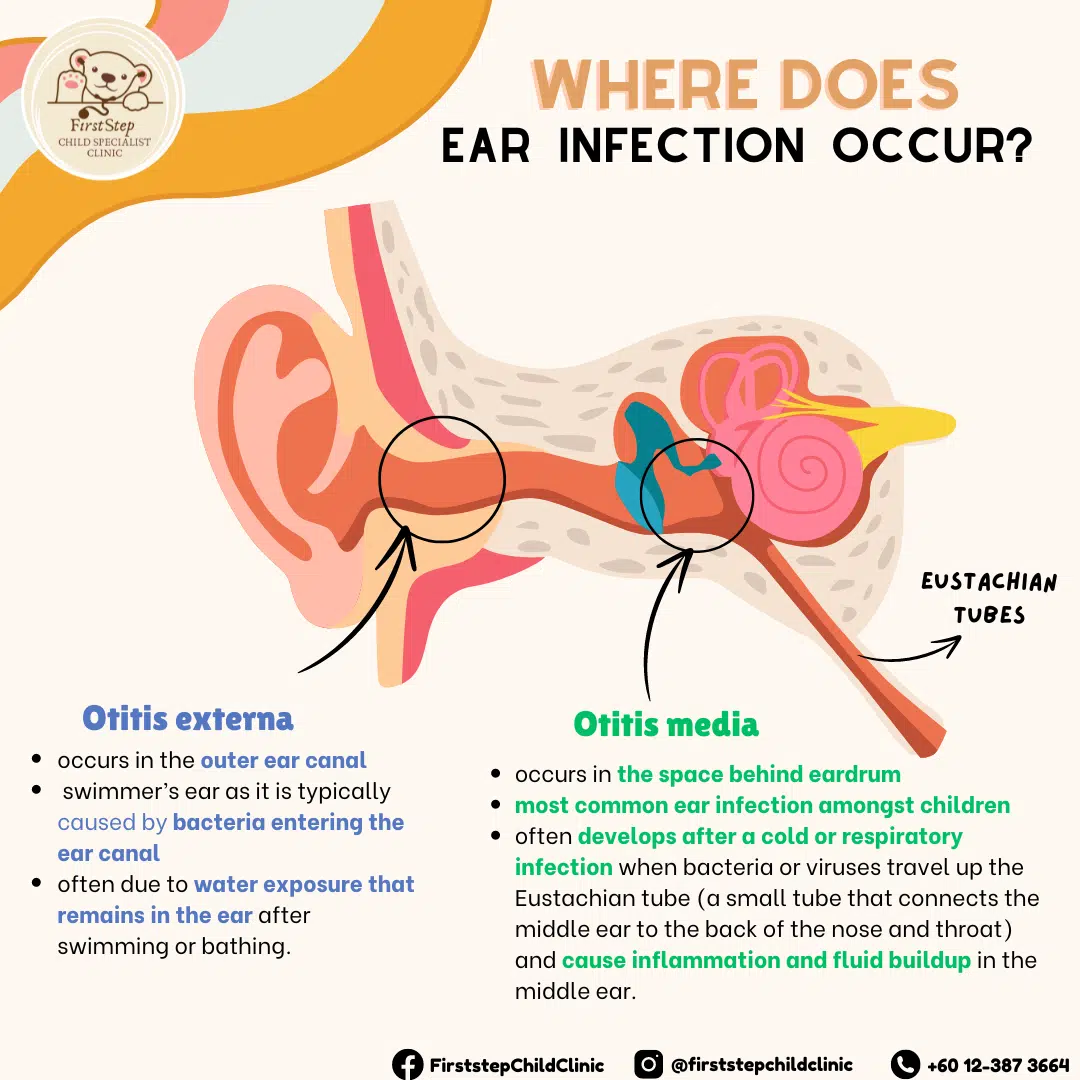
If It’s a Virus… Why Are We Using Antibiotics?
Why Antibiotics, If It’s a Virus?
By Dr Joann
In today’s world, many parents are becoming increasingly cautious about starting their children on antibiotics — and that is a very positive trend. Awareness about the proper use of antibiotics has grown, thanks to more information being available and campaigns highlighting the dangers of overusing these powerful medications. However, even with this increased caution, a question that often arises is: “If my child’s illness is caused by a virus, why would a doctor ever prescribe antibiotics?”
To answer this question, it’s important to first understand what antibiotics are and how they work. Antibiotics are medicines designed to fight infections caused by bacteria. They are extremely effective in targeting bacterial infections such as strep throat, certain types of pneumonia, urinary tract infections, and some skin infections. However, viruses, which cause illnesses like the common cold, influenza (flu), respiratory syncytial virus (RSV) infections, and hand-foot-mouth disease (HFMD), do not respond to antibiotics. Using antibiotics in viral infections will not cure the illness or shorten its duration. In fact, unnecessary use of antibiotics can contribute to antibiotic resistance, a growing global health problem, and can cause unwanted side effects, such as diarrhea, rashes, or allergic reactions.
Given this, it may seem counterintuitive that antibiotics are sometimes prescribed even when a child’s illness appears viral. The reality is that in medicine, situations are not always strictly black and white. Children do not always present textbook cases, and viral infections can occasionally lead to complications that require additional intervention.
When Antibiotics May Be Necessary
While most viral illnesses do not need antibiotics, there are certain situations where doctors may consider them. These are typically cases where the risk of a secondary bacterial infection is higher, or where the child’s condition raises concern for more serious complications. Some of these situations include:
-
Your child looks very unwell or lethargic
If a child appears unusually weak, drowsy, or unresponsive, doctors may consider a bacterial cause or a viral infection complicated by a bacterial co-infection. In such cases, even if the initial infection is viral, antibiotics may be prescribed to prevent worsening of the illness. -
Fever persists for more than 4–5 days
A prolonged fever, especially one that is not improving, may indicate a bacterial superinfection. Doctors carefully monitor the duration and pattern of fever to determine if antibiotics are necessary. -
Symptoms worsen instead of improving
Viral infections usually have a predictable course — symptoms often peak and then gradually improve. If a child’s symptoms worsen after a few days instead of getting better, this may suggest a secondary bacterial infection that requires antibiotic treatment. -
Signs of secondary infection
Sometimes, a viral infection can lead to complications such as ear infections (otitis media), sinus infections (sinusitis), or chest infections (bacterial pneumonia). In these cases, antibiotics are needed to treat the secondary bacterial infection, even though the initial illness was viral. -
Very young children or children with other health risks
Infants, young children, and those with chronic illnesses or weakened immune systems are more vulnerable to complications from infections. Doctors may prescribe antibiotics more readily in these groups to prevent serious complications.
How Doctors Decide Whether Antibiotics Are Needed
Before prescribing antibiotics, doctors consider multiple factors to ensure the decision is appropriate and safe. Some of the key considerations include:
-
Clinical signs and history: The doctor will examine the child and review their medical history, including previous infections, any underlying health conditions, and current symptoms. This helps assess the likelihood of bacterial infection.
-
Duration of illness: The length of time the child has been unwell provides valuable clues. Many viral infections resolve on their own within a week, so persistent or worsening symptoms may indicate bacterial involvement.
-
Test results: Depending on the situation, doctors may order tests such as blood tests, throat swabs, or imaging studies. These help differentiate between viral and bacterial infections and guide treatment decisions.
-
Overall condition of the child: Doctors take into account the child’s general health, age, and risk factors. A robust, healthy child may recover from a viral infection without antibiotics, while a vulnerable child may need extra protection.
The Role of Parents in Antibiotic Stewardship
Parents play a crucial role in ensuring antibiotics are used appropriately. Understanding when antibiotics are needed — and when they are not — can help prevent misuse and contribute to your child’s overall health. Some practical tips include:
-
Avoid requesting antibiotics for common colds or mild viral illnesses.
-
Follow the doctor’s advice carefully when antibiotics are prescribed. Never stop or extend the course without medical guidance.
-
Monitor your child’s symptoms and report any worsening or prolonged fever to your doctor promptly.
-
Practice good hygiene, including frequent handwashing and proper cough etiquette, to prevent the spread of infections.
Conclusion
In summary, antibiotics are life-saving medications when used appropriately, but they are not effective against viral infections such as the common cold, flu, RSV, or HFMD. However, in certain circumstances — prolonged or worsening symptoms, signs of secondary bacterial infections, very young age, or other risk factors — antibiotics may still be necessary. Doctors carefully weigh the benefits and risks before prescribing antibiotics, considering clinical signs, history, test results, and the child’s overall condition.
By staying informed, following medical advice, and understanding the rationale behind antibiotic use, parents can actively contribute to their child’s health while helping to prevent antibiotic resistance. The next time your child has a viral illness, remember that antibiotics are not always the answer — but when they are needed, they can make a critical difference.



